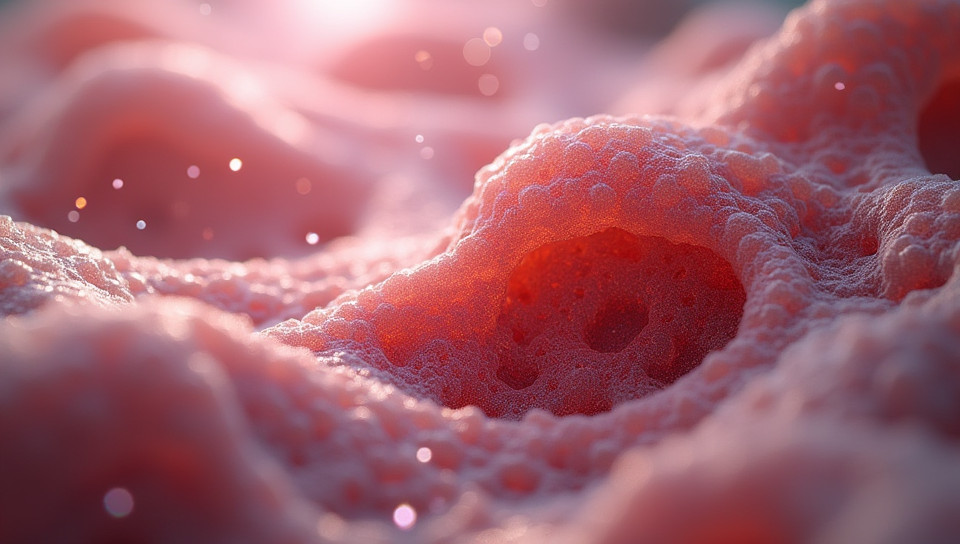Bioactive scaffolds support tissue regeneration 90%

Bioactive Scaffolds: The Key to Unlocking Tissue Regeneration
Tissue regeneration is an area of medicine that has gained significant attention in recent years, particularly in the fields of orthopedics, neurology, and cardiovascular surgery. With the increasing demand for effective treatments that can restore damaged tissues, researchers have been exploring innovative solutions, one of which is bioactive scaffolds.
What are Bioactive Scaffolds?
Bioactive scaffolds are three-dimensional structures made from biocompatible materials that provide a framework for cells to grow and differentiate. These scaffolds can be designed to mimic the extracellular matrix (ECM) of native tissues, providing a conducive environment for tissue regeneration. The bioactive properties of these scaffolds allow them to interact with cells and stimulate specific cellular responses, promoting tissue repair and regeneration.
How do Bioactive Scaffolds Support Tissue Regeneration?
Bioactive scaffolds support tissue regeneration in several ways:
- Enhancing cell adhesion and proliferation
- Providing a template for tissue growth and organization
- Delivering bioactive molecules to promote healing
- Mimicking the mechanical properties of native tissues
Applications of Bioactive Scaffolds
The potential applications of bioactive scaffolds are vast and varied, including:
- Tissue engineering: creating functional tissues for transplantation or reconstruction
- Wound healing: accelerating wound closure and promoting tissue repair
- Orthopedic surgery: repairing damaged joints and bones
- Cardiovascular surgery: repairing heart valves and blood vessels
Challenges and Future Directions
While bioactive scaffolds have shown great promise, several challenges need to be addressed before they can become a reality in clinical settings. These include:
- Developing scalable and cost-effective manufacturing processes
- Improving the biocompatibility and biodegradability of scaffold materials
- Enhancing our understanding of the complex interactions between cells and scaffolds
Conclusions
Bioactive scaffolds hold significant potential for tissue regeneration, offering a promising solution for repairing damaged tissues. As researchers continue to explore new materials and designs, we can expect to see significant advancements in this field. With further development and refinement, bioactive scaffolds may become an essential tool in the treatment of various medical conditions, improving patient outcomes and quality of life.
- Created by: Marcia Santos
- Created at: Feb. 4, 2025, 3:55 p.m.
- ID: 20061








